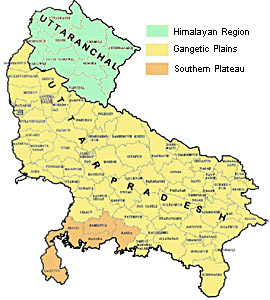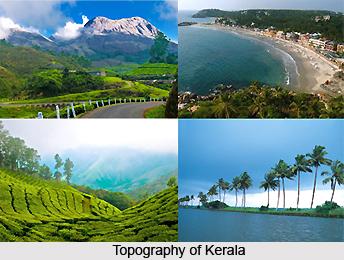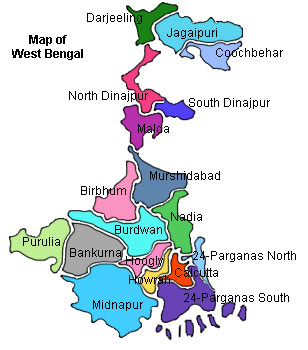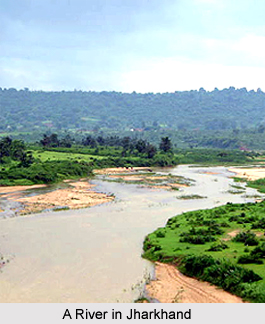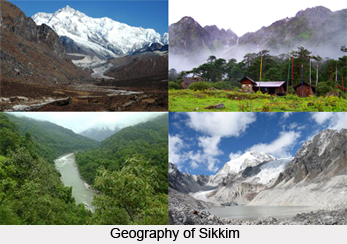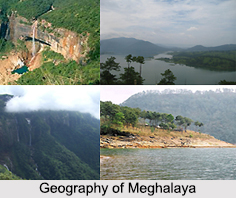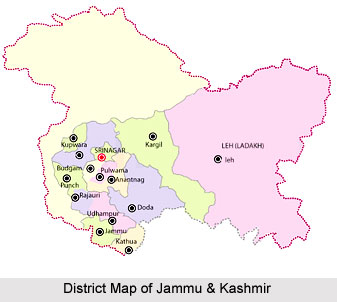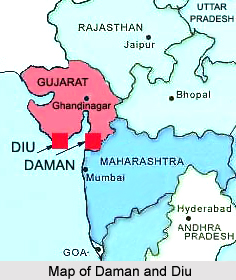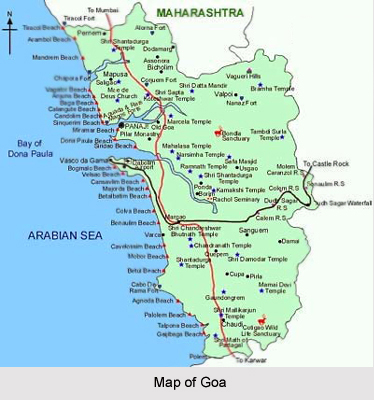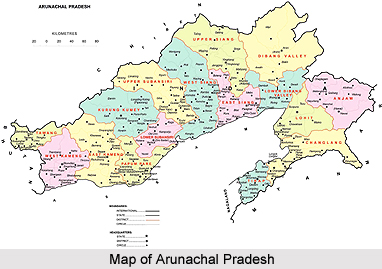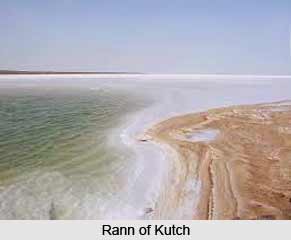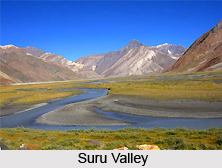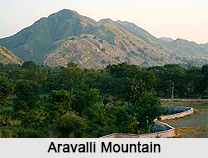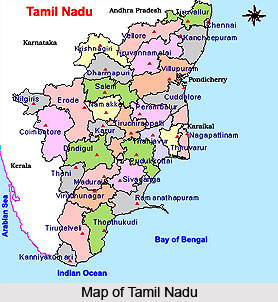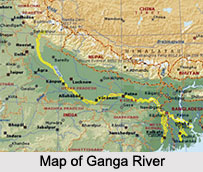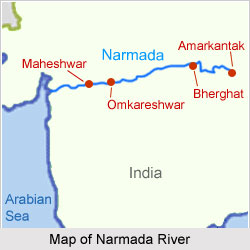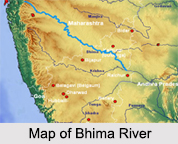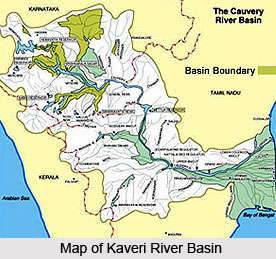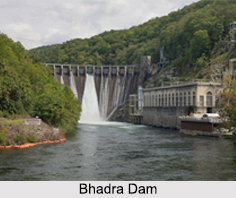 Bhadra Dam is built on the Bhadra River, which is a tributary of the River Tungabhadra. It is situated in Chikmagalur town in Karnataka. It supports the lifeline of the region and offers many benefits from irrigation, drinking water, industrial use and hydro electricity generation. The dam is surrounded by lush greenery.
Bhadra Dam is built on the Bhadra River, which is a tributary of the River Tungabhadra. It is situated in Chikmagalur town in Karnataka. It supports the lifeline of the region and offers many benefits from irrigation, drinking water, industrial use and hydro electricity generation. The dam is surrounded by lush greenery.
Construction of Bhadra Dam
The Bhadra Dam was constructed between 1947 and 1965. The dam features a height of 59.13 meters (194.0 ft) above the river bed level. The dam drains a catchment area of 1,968 square kilometres.
Ecology of Bhadra Dam
The Bhadra Dam offers wonderful views of the surrounding hills. The forests and valleys surrounded by the dam are rich in wildlife and the reservoir is the boarder of Bhadra Wildlife Sanctuary. There are several small islands formed by the reservoir which have been developed for tourism. These islands are shelters for migrating birds like red spurfowl, painted bush quail, emerald dove, black woodpecker, green imperial pigeon, Malabar parakeet, hill mynas, etc. There are various kinds of butterflies that can be seen as well. Marsh crocodiles and monitor lizards are found all along the Bhadra River. The back water of the reservoir extends into the forest reserve which consists of deciduous vegetation.
Bhadra Reservoir
Bhadra Dam has created the Bhadra Reservoir. The Bhadra Reservoir project was the irrigation scheme to be undertaken by the National Water Management Project (NWMP), with the purpose to increase agricultural prosperity, especially for the rice production.
Boating facility is available in the reservoir. The Bhadra reservoir is also a popular venue for water sports activities like sailing, kayaking, water-cycling, water-trampoline and sport fishing.
Nearby Tourism of Bhadra Dam
Bhadra Dam has a lot of tourist attractions as it is rich in flora and fauna. Apart from the reservoir and national sanctuary, there are many places nearby that attract a lot of tourists. Some of them are:
Kudremukh National Park
Mullayanagiri (Hills)
Inam Dattatreya Pitha
Sharadamba Temple
Baba Budan Giri Hills
Hebbe Falls
Mahatma Gandhi Park
Kere Anjaneya Temple
